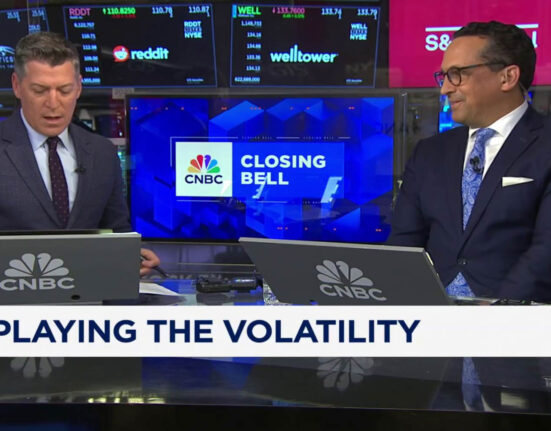Saks Fifth Avenue, the iconic luxury department store, recently made headlines with a surprising announcement. In a no-questions creditor call, Saks revealed a staggering $100 million loss, sending shockwaves through the fashion and retail industry.
The news of such a significant financial setback naturally sparked curiosity and concern among stakeholders and fashion enthusiasts alike. What could have led to this substantial loss for one of the most renowned names in high-end retail?
To delve deeper into this unfolding story, it’s essential to understand the complexities of the retail landscape, especially in light of recent global challenges that have reshaped consumer behavior and economic dynamics.
Experts in the industry suggest that various factors may have contributed to Saks’ financial woes. From shifts in consumer spending patterns to increasing competition from e-commerce giants, traditional brick-and-mortar retailers like Saks have been facing mounting pressures to adapt and innovate rapidly.
One expert shared insights on the evolving nature of luxury retail, stating,
“The luxury sector is experiencing unprecedented transformations as digitalization and changing consumer preferences redefine the shopping experience. Brands like Saks must navigate these changes strategically to stay relevant.”
In an era where online shopping has become increasingly dominant, traditional retailers are under immense pressure to enhance their digital presence while maintaining their unique brand identity and customer experience. This balance can be challenging to achieve effectively amidst fierce competition and rapidly evolving market trends.
As news of Saks’ financial performance continues to reverberate across industries, analysts are closely monitoring how the company plans to address its losses and chart a path towards recovery. The decisions taken by Saks’ leadership in response to this setback will undoubtedly shape its future trajectory in an ever-evolving retail landscape.
One analyst remarked on the strategic implications for Saks moving forward, highlighting the importance of agility and innovation.
“In today’s fast-paced retail environment, companies like Saks need to pivot quickly, embracing digital transformation initiatives while preserving their core values to drive long-term growth.”
While challenges lie ahead for Saks Fifth Avenue following its disclosure of a substantial loss, industry watchers remain intrigued by how this iconic retailer will navigate turbulent waters and emerge stronger from this setback. As stakeholders await further developments, one thing is certain – the story behind Saks’ $100 million loss offers valuable lessons in resilience and adaptation within an ever-changing business ecosystem.









Leave feedback about this